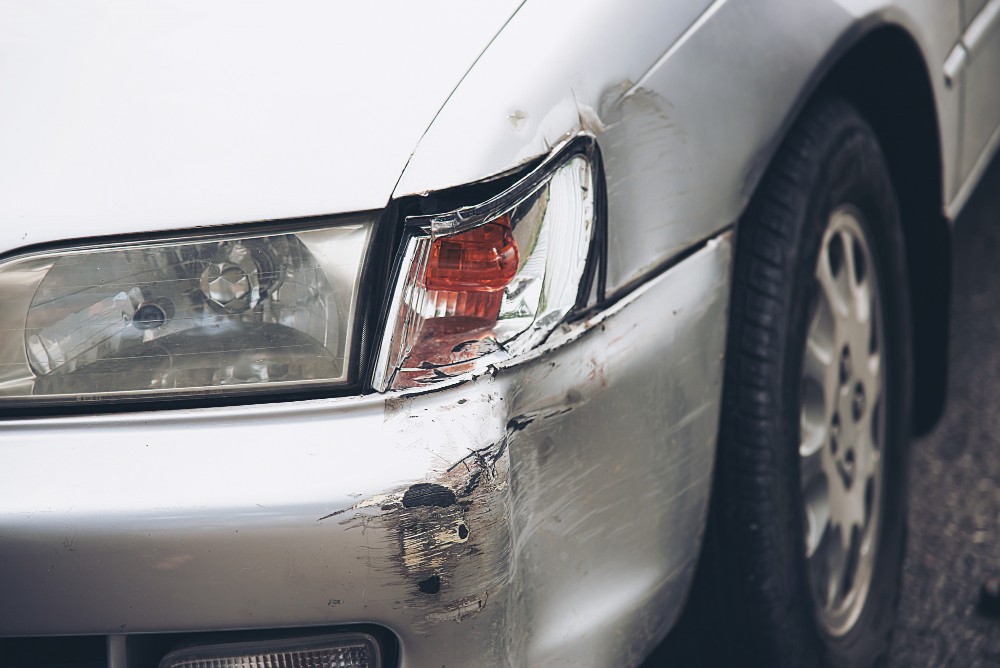As cherished cars age, they hold a special place in our hearts, evoking memories and serving as reliable companions on countless journeys. However, ensuring proper old car insurance coverage becomes crucial to maintain financial security in the event of unforeseen circumstances. This comprehensive guide explores the nuances of old car insurance, empowering you to make informed decisions for your beloved vehicle and your wallet.
Table of Contents
ToggleUnderstanding Old Car Insurance
Unlike brand-new cars that typically command high insurance premiums, old cars often fall under a different category in insurance terminology. Here’s how “old” is defined for insurance purposes:
- Varies by Insurer: Different insurance companies have their own criteria for classifying a car as “old.” It can range from vehicles exceeding five to ten years old, depending on the company’s policies.
- Depreciation: The primary factor influencing old car insurance is depreciation. As a car ages, its market value decreases, leading to a lower insured declared value (IDV) – the maximum amount an insurer will pay in the event of a total loss.
Impact of Age on Insurance Premiums
- Generally Lower Premiums: Due to the lowered IDV, old car insurance premiums are generally lower compared to new cars.
- Additional Factors: While age is a significant factor, other aspects like your driving history, location, type of coverage, and chosen add-on covers also influence the premium amount.
Types of Old Car Insurance
- Third-Party Liability (TP) Insurance: This mandatory coverage is the most basic form of car insurance, covering liabilities arising from bodily injury or property damage caused to a third party in an accident you’re responsible for.
- Comprehensive Car Insurance: This broader coverage offers protection against theft, fire, natural disasters, and self-damage (own damage) to your car, in addition to third-party liability coverage.
Choosing the Right Insurance for Your Old Car
- Consider your needs: Assess your risk tolerance and financial situation. If you value comprehensive protection, even for an older car, opting for comprehensive insurance might be wise.
- Compare quotes: Obtain quotes from various insurance companies to compare premiums and coverage options before making a decision.
- Evaluate add-on covers: Consider adding relevant add-on covers like zero depreciation, engine protect, or roadside assistance to enhance your coverage depending on your needs.
Maximizing Value with an Old Car Insurance Policy
- Maintain a clean driving record: Maintaining a good driving history can significantly reduce your car insurance premiums.
- Choose the right IDV: Opting for a realistic IDV based on your car’s current market value ensures appropriate coverage without paying an inflated premium.
- Utilize deductibles strategically: Consider increasing your deductible (voluntary amount you pay before the insurance company covers the remaining claim amount) to lower your premium. However, strike a balance to ensure you can comfortably afford the deductible in case of a claim.
- Negotiate your premium: If you’ve been a loyal customer or have a clean driving record, consider negotiating your premium with your insurance company.
Alternatives to Traditional Insurance
- Third-Party Liability Only: If your car is very old and you have a limited budget, consider opting for only third-party liability coverage, which is mandatory. However, be aware that this option won’t cover any damage to your own vehicle.
- Vintage Car Insurance: If your old car holds significant sentimental value and falls under the “vintage” category (typically over 25 years old), explore specialized vintage car insurance options offered by certain insurers. These policies typically offer customized coverage and competitive rates for classic vehicles.
Conclusion:
Owning an old car comes with unique joys and challenges. By understanding the nuances of old car insurance, you can find an insurance plan that provides adequate protection without breaking the bank. Carefully consider your needs, compare options, and explore alternatives to ensure your beloved vehicle and your finances are well-protected as you continue your journey together.



















